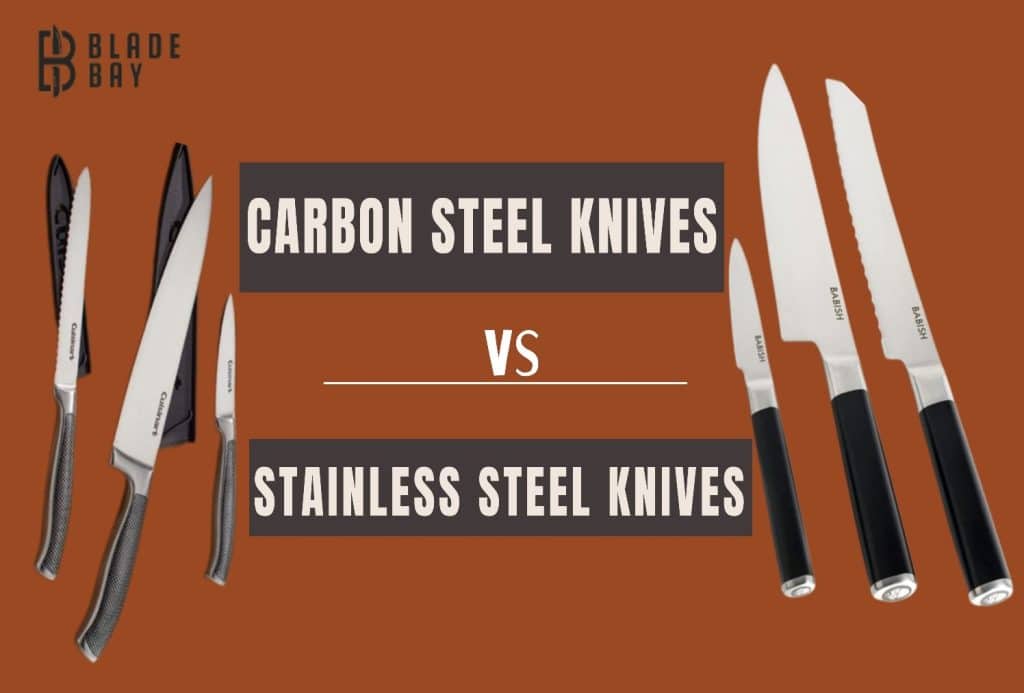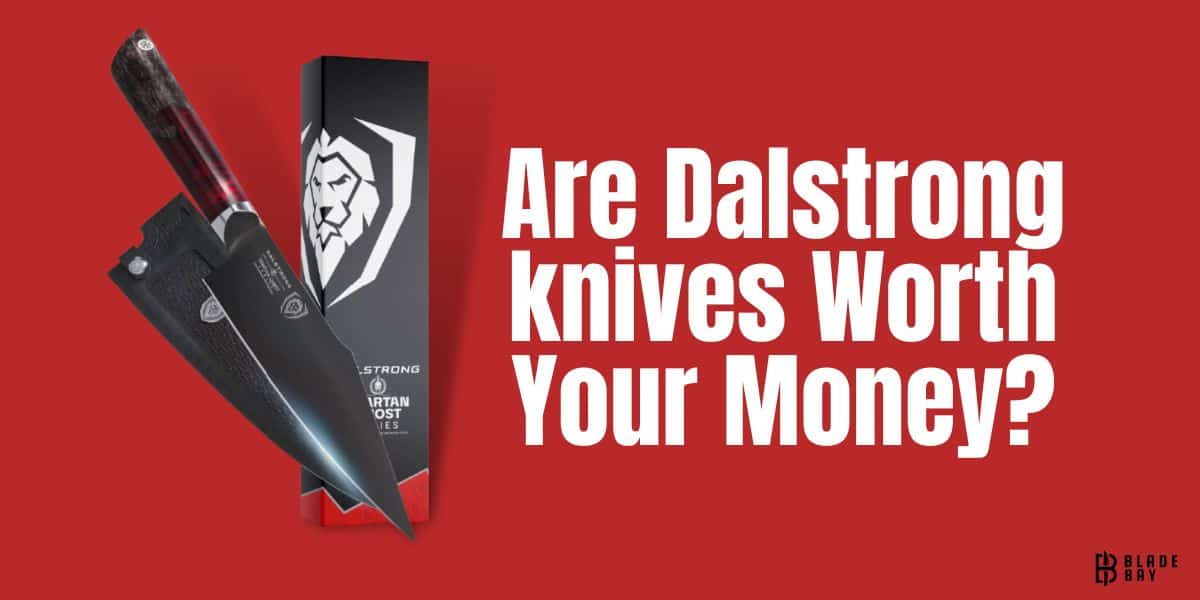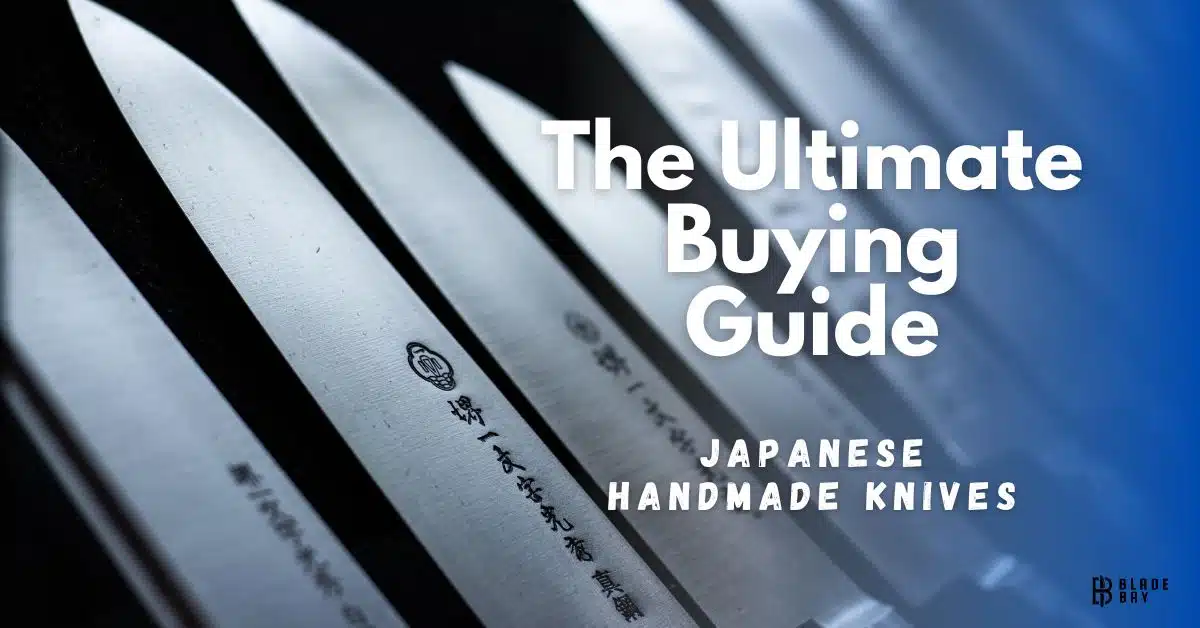Carbon Steel vs Stainless Steel Knives: Which is the Best Choice for Your Kitchen?
Table of Contents
ToggleCarbon Steel vs Stainless Steel Knives: Which is the Best Choice for Your Kitchen?

Are you in the market for a new set of kitchen knives but unsure whether to choose carbon steel or stainless steel? The debate over which material is superior has been ongoing for decades, and for good reason. Carbon steel knives are renowned for their sharpness and edge retention, while stainless steel knives are favored for their resistance to rust and staining.
In this article, we’ll compare carbon steel vs stainless steel knives and help you determine which one is the best fit for your culinary needs. Whether you’re a seasoned professional or a beginner cook, understanding the differences between these two types of knives is crucial to achieving culinary success. So, let’s dive in and explore the advantages and disadvantages of carbon steel vs stainless steel knives.
Carbon Steel Knives
Carbon steel knives are known for their sharpness, durability, and edge retention. They are made by combining carbon and iron, and are often used by professional chefs and butchers due to their superior cutting ability. Carbon steel knives are also easier to sharpen than stainless steel knives, which can be a plus for those who want to maintain a sharp edge on their knives.

However, carbon steel knives require more maintenance than stainless steel knives. They are prone to rust and corrosion, so they need to be dried immediately after use and oiled regularly to prevent rusting. Carbon steel knives also tend to discolor over time, which some people find unappealing.
Stainless Steel Knives
Stainless steel knives are popular due to their resistance to rust and corrosion. They are made by adding chromium to carbon steel, which creates a protective layer that prevents rusting. Stainless steel knives are low-maintenance, and do not require regular oiling or drying like carbon steel knives do.

However, stainless steel knives are not as sharp as carbon steel knives, and they do not retain their edge as well. They can also be more difficult to sharpen, which can be a drawback for those who want to maintain a sharp edge on their knives. Weather, you can also check features and pros and cons for Dalstrong knives.
Nine Things in Carbon Steel vs Stainless Steel Knives:
When it comes to selecting a knife for your kitchen, choosing between Carbon Steel vs Stainless Steel Knives can be a daunting task. Both materials have their own distinct advantages and disadvantages, and understanding the differences between them is essential in making an informed decision.
In this comparison, we’ll compare Carbon Steel vs Stainless Steel Knives based on their material composition, sharpness, maintenance, rust and corrosion resistance, durability, price, aesthetics, flexibility, and personal preference.
- Material Composition: Carbon Steel Knives are made from a combination of iron and carbon, while Stainless Steel Knives are made from iron, carbon, and chromium. The carbon in Carbon Steel gives it a hard, sharp edge, but it can also make it more prone to rust and staining. Stainless Steel is rust-resistant and easy to maintain, but it may not hold its edge as well as Carbon Steel.
- Sharpness and Edge Retention: Carbon Steel Knives are known for their razor-sharp edges and excellent edge retention, making them a popular choice among professional chefs. However, they require more maintenance than Stainless Steel Knives to keep them sharp. Stainless Steel Knives may not hold their edge as well as Carbon Steel Knives, but they are generally easier to sharpen and maintain.
- Rust and Corrosion Resistance: Stainless Steel Knives are highly resistant to rust and corrosion, which makes them a great option for working with acidic ingredients. Carbon Steel Knives can rust and stain if not properly cared for, but they can also develop a natural patina that some chefs find desirable.
- Durability: Both Carbon Steel and Stainless Steel Knives are durable, but Carbon Steel Knives may be more prone to chipping and breaking than Stainless Steel Knives. Stainless Steel Knives are generally more flexible and resistant to damage, but they may not hold their edge as well as Carbon Steel Knives.
- Price: Carbon Steel Knives tend to be more expensive than Stainless Steel Knives due to their high-quality construction and exceptional sharpness. However, the cost may be worth it for serious home cooks or professional chefs who demand the best performance from their knives.
- Maintenance: Carbon Steel Knives require more maintenance than Stainless Steel Knives to keep them in top condition. They need to be washed and dried immediately after use, and they should be oiled regularly to prevent rust. Stainless Steel Knives are generally easier to maintain, but they still require proper care to ensure they remain sharp and rust-free.
- Aesthetics: Carbon Steel Knives often have a unique and rustic appearance due to their high carbon content. They may develop a natural patina over time, which some chefs find desirable. Stainless Steel Knives have a sleek, modern appearance and are available in a range of finishes.
- Flexibility: Carbon Steel Knives are more flexible than Stainless Steel Knives, which makes them ideal for tasks that require a lot of precision and control. However, they may be more prone to damage and chipping. Stainless Steel Knives are generally more rigid and resistant to damage, but they may be more difficult to control for precise cuts.
- Personal Preference: Ultimately, the choice between Carbon Steel vs Stainless Steel Knives comes down to personal preference. Some chefs swear by Carbon Steel for its sharpness and edge retention, while others prefer Stainless Steel for its ease of maintenance and durability. Consider your cooking style, budget, and maintenance preferences to determine which type of knife is right for you.
FAQs
Q: Which is better for a kitchen knife, carbon steel or stainless steel?
A: It depends on your personal preference and how you plan to use the knife. If you prioritize sharpness and edge retention, then a carbon steel knife may be a better choice. If you want a low-maintenance option that is resistant to rust and corrosion, then a stainless steel knife may be a better choice. Read the Carbon Steel vs Stainless Steel Knives for more details.
Q: Can I sharpen a stainless steel knife?
A: Yes, but it may be more difficult than sharpening a carbon steel knife. You will need to use a high-quality sharpening stone and follow the proper technique to maintain the edge.
Q: Which is better for a kitchen knife, carbon steel or stainless steel?
A: It depends on your personal preference and how you plan to use the knife. If you prioritize sharpness and edge retention, then a carbon steel knife may be a better choice. If you want a low-maintenance option that is resistant to rust and corrosion, then a stainless steel knife may be a better choice. Read the Carbon Steel vs Stainless Steel Knives for more details.
Q: Can I sharpen a stainless steel knife?
A: Yes, but it may be more difficult than sharpening a carbon steel knife. You will need to use a high-quality sharpening stone and follow the proper technique to maintain the edge.
Conclusion
In conclusion, both carbon steel and stainless steel knives have their own unique properties, advantages, and disadvantages. Choosing between the two depends on your personal preference, needs, and intended use for the knife.
If you prioritize sharpness and edge retention, then carbon steel may be the better option. If you want a low-maintenance knife that is resistant to rust and corrosion, then stainless steel may be the better option. By understanding the differences between the two materials, you can make an informed decision and choose the knife that best fits your needs.




